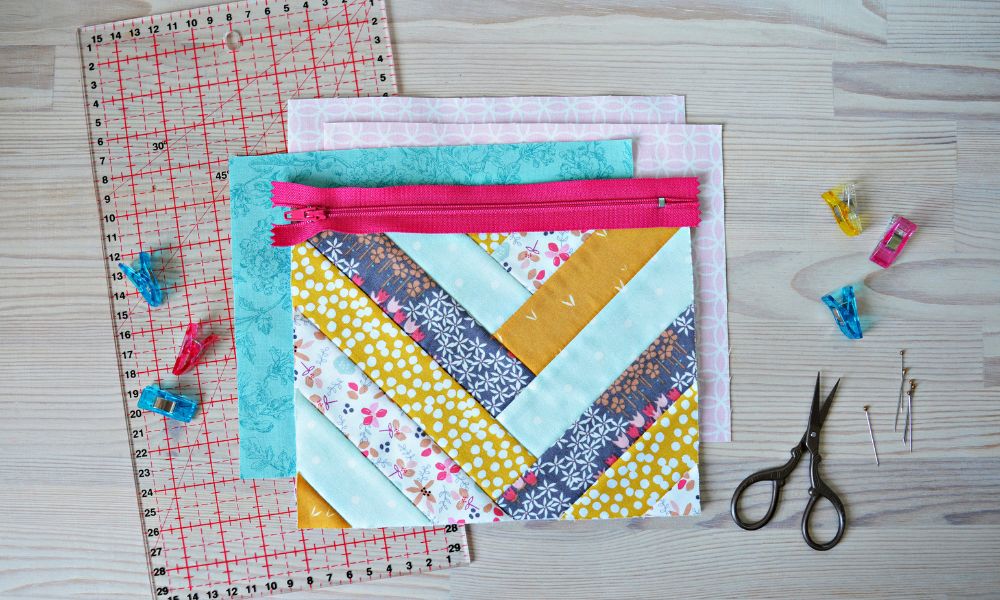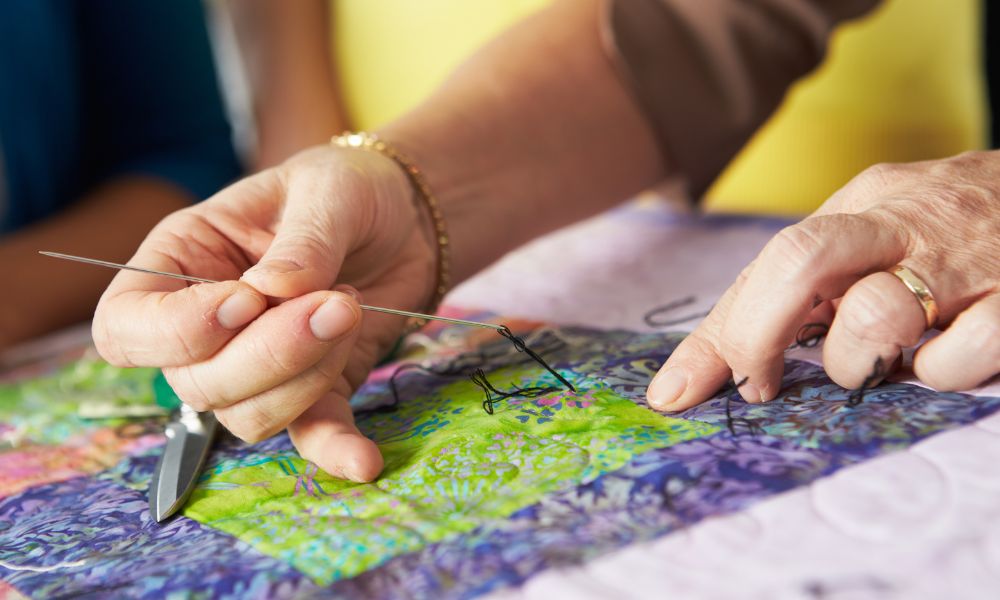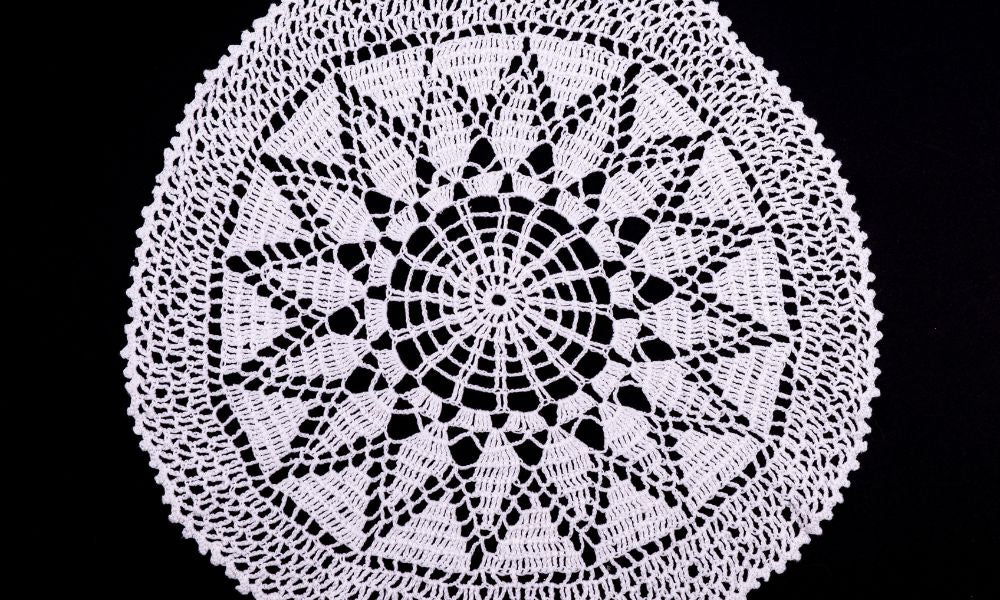Tips for Mixing and Matching Batiks With Other Quilt Fabrics

There are various quilting fabrics on the market that beginner and experienced quilters can choose from. One of those fabric options is batik fabric. Batik fabrics are unique because designers create a pattern or print on them with wax before dying them and then removing the wax. This application and removal of wax in between dying creates unique, colorful designs that permeate the entire piece of fabric. If you want to use batiks in your next quilt but aren’t sure how to mix them with other quilt fabrics, that’s okay. Keep reading to learn four tips for mixing and matching batiks with other fabrics while quilting.
Colorful Choices
Since batiks get fully submerged in dye, they appear to have a greater color saturation than other types of quilting fabrics with screen-printed colors and patterns. While some people enjoy these bright and bold colors, others don’t. When mixing colorful batiks with other quilt fabrics, ensure the hues are complimentary and that the batik fabric doesn’t overwhelm your additional fabrics. Look for neutral-colored batiks if you’re determined to include this type of fabric without distracting the eye from other parts of your quilt.
Tight Weave
Part of the reason batiks can stand up to their rigorous dye process and produce such magnificent color is that they have more threads per square inch than many other quilting fabrics. In order to accommodate that higher thread count, batiks have tighter weaves than most other quilting fabrics as well. This won’t necessarily interfere with the other fabrics you choose to include in your quilt. However, it’s a good idea to select materials that also have a high thread count and tight weave so that you can use the same types of needles and thread.
Needles and Thread
As mentioned above, batiks have a higher thread count and tighter weave than most other types of quilting fabric. This means they require a sharper, finer needle than you would use for other types of quilting fabric, along with a finer thread. Before mixing and matching your batiks with other fabrics, ensure that those other fabrics can withstand the sharper needle and hold the finer thread. Doing so will help protect your quilt from needing later repairs.
Prewash Precautions
Lastly, you’ll need to know whether to prewash your additional fabrics along with your batiks. While batiks get covered in hot water when removing the wax used for their design, they undergo heavy dying. So it’s a good idea to prewash them to keep the colors from running and learn the true size of the fabric. If you choose additional fabrics that either do or don’t require prewashing and don’t wash them as prescribed, they may stretch or wrinkle. This will ruin the look of the batiks and the quilt in general.
You can mix and match batiks with other quilting fabrics if you’re aware of the color options, how tight the weave is, what needles and thread to use, and what fabrics require prewashing. If you’re interested in shopping for batik fabric in Canada, Lindley General Store offers classic options alongside name brands and stylized ones for you to pick from.





Comments